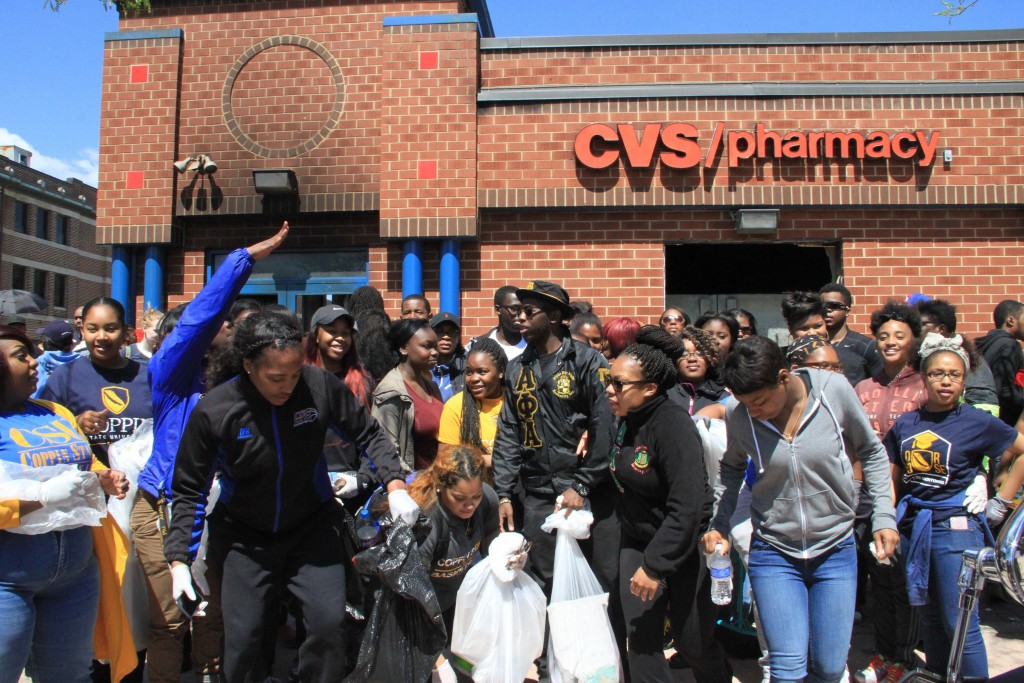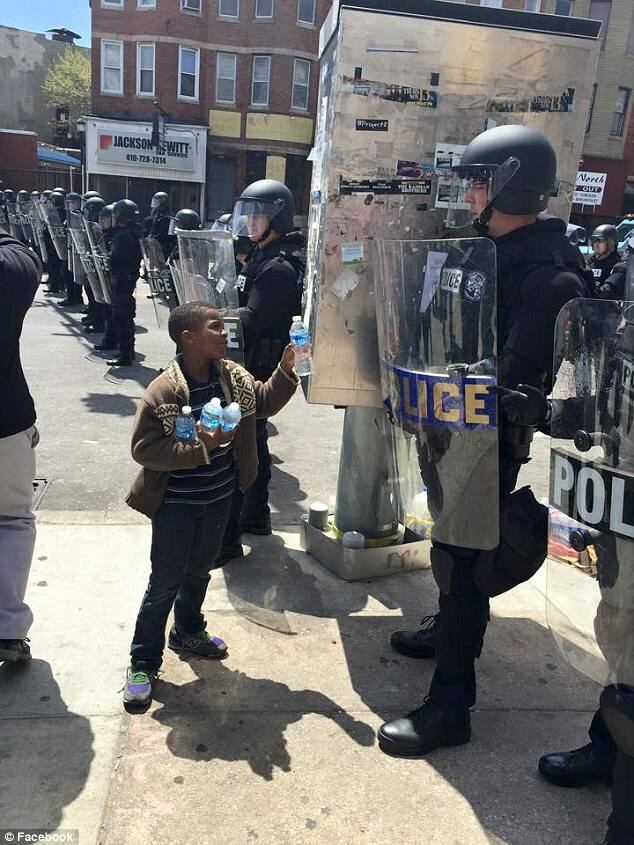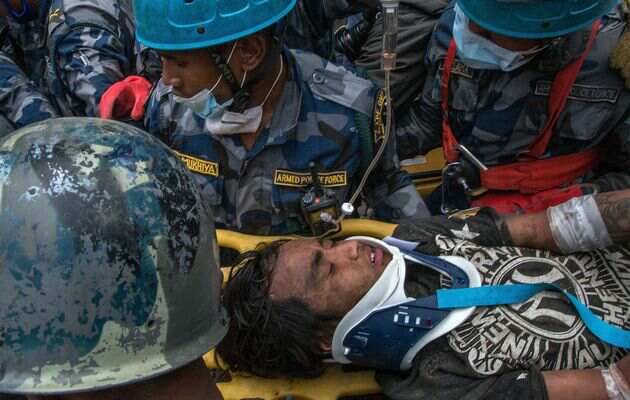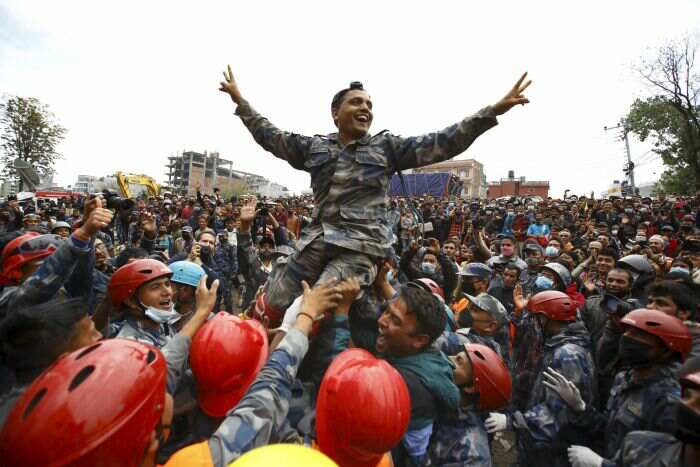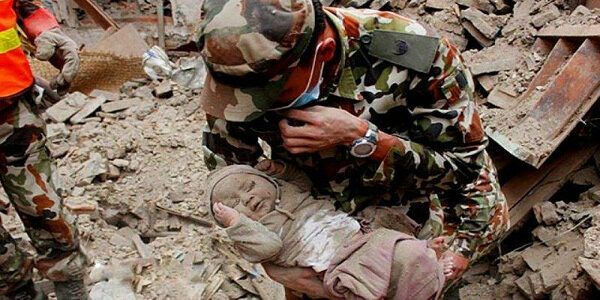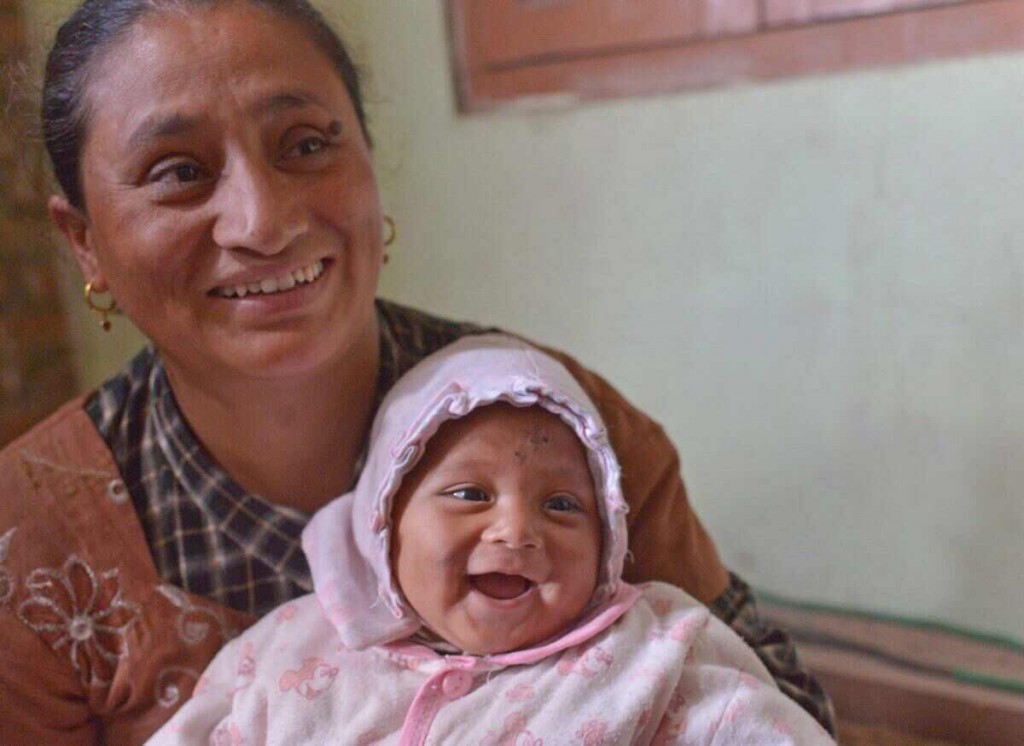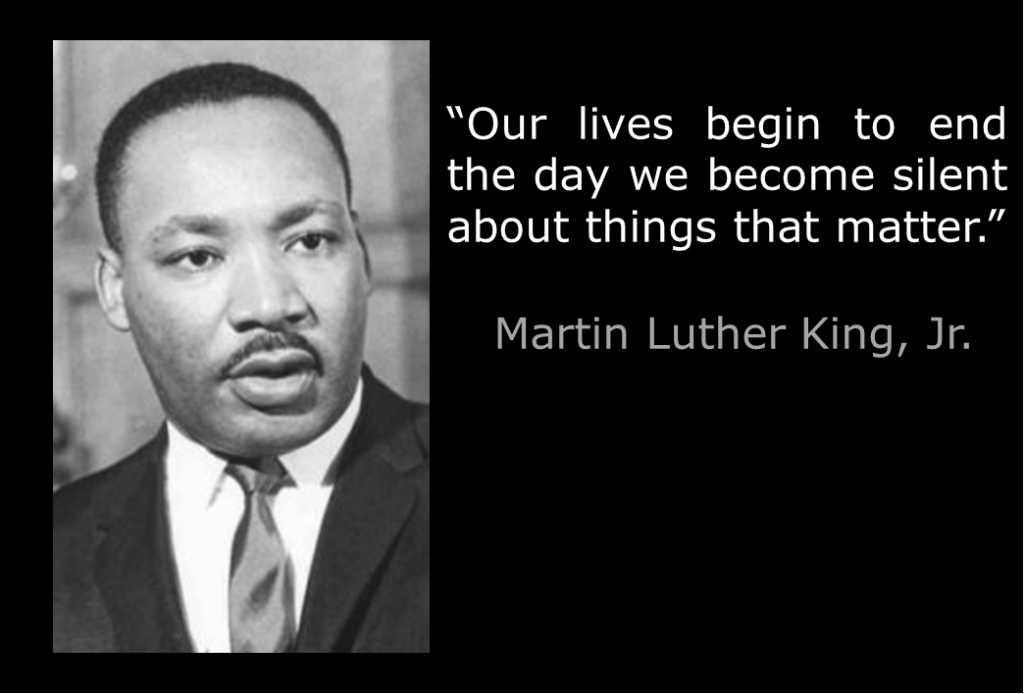With our initial idea to argue if social media and technology is simply handing information to journalists on a silver platter scraped due to it being too broad, I thought of something else we could discuss:
Is social media making us more social or is it ironically, making us more anti-social?
“The strange lesson of social media is that human beings, if given the choice, prefer to socialise alone” says Walter Kirn. This statement is true in some ways, but with many of my personal experiences, when friends are hanging out and they are on their phones or laptops, scrolling through Facebook or Instagram or even on YouTube, they share interesting, funny, cute things they find with each other! There is never a time where there is long hours of silence or where friends block each other out completely. It is a form of socialising so different to what older generations are used to that they tend it reject and hate it altogether.
Social media creates friendships and connections that may never happen in real life. Following celebrities on Instagram or watching your favourite film makers on YouTube makes you feel as though you have some sense of rapport with these people (even if in reality, you don’t). It makes people feel they belong to a certain community which shares similar interests, views and values. Why people crap on about it being “sad” and “anti-social”, I do not know, because it creates so many opportunities for users to interact, express and bond.
People find a lot of inspiration on the Internet.
YouTube has become a very popular source of one-to-many communication for a large amount of people in the past years.
There are, ofcourse, many arguments against social media and those who argue that it is forming a generation of anti-social people who do not know how to communicate in real life, and with this, my group and I have decided to create a video where we discuss these different views – the video will be uploaded soon.
My quick conclusion: do not boycott social media just because of a few negatives, because the positives definitely outweigh what some people say



